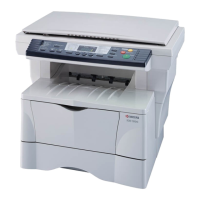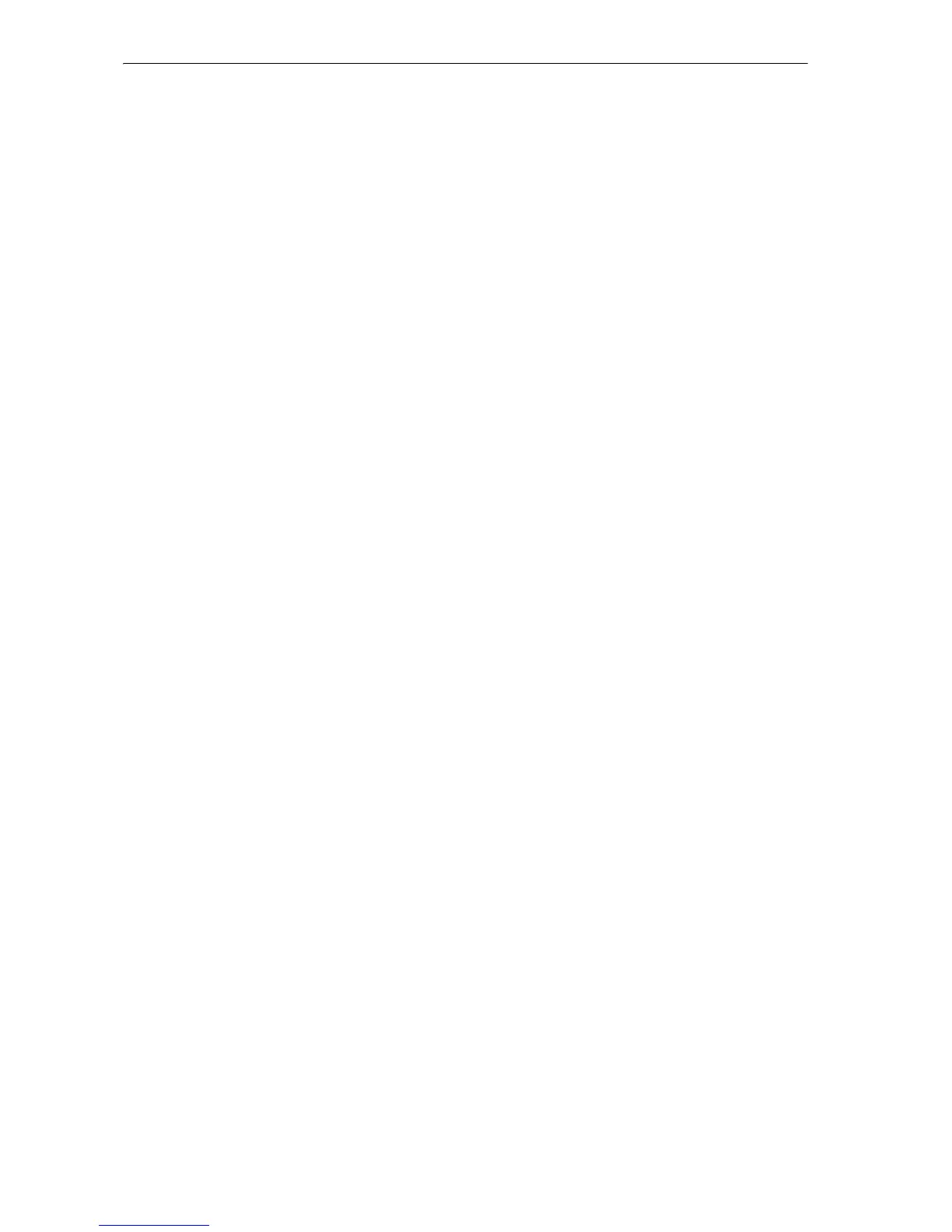PRESCRIBE Command Reference
364
XBCP 3 — set error correction level
Format
XBCP 3, level;
Parameter
level:
error correction level, integer from 0 to 8
Function
The XBCP 3 command sets the error correction level by predetermined values. An
illegal value defaults to 0. Note that the execution of XBCP 3 overrides the setting of
XBCP 2 and remains valid until RES (reset) or XBCP 0.
File
To sets the error correction level to level 4:
!R! RES;
XBCP 3, 4;
XBAR;Error correction can also be set by level;ENDB;
EXIT;

